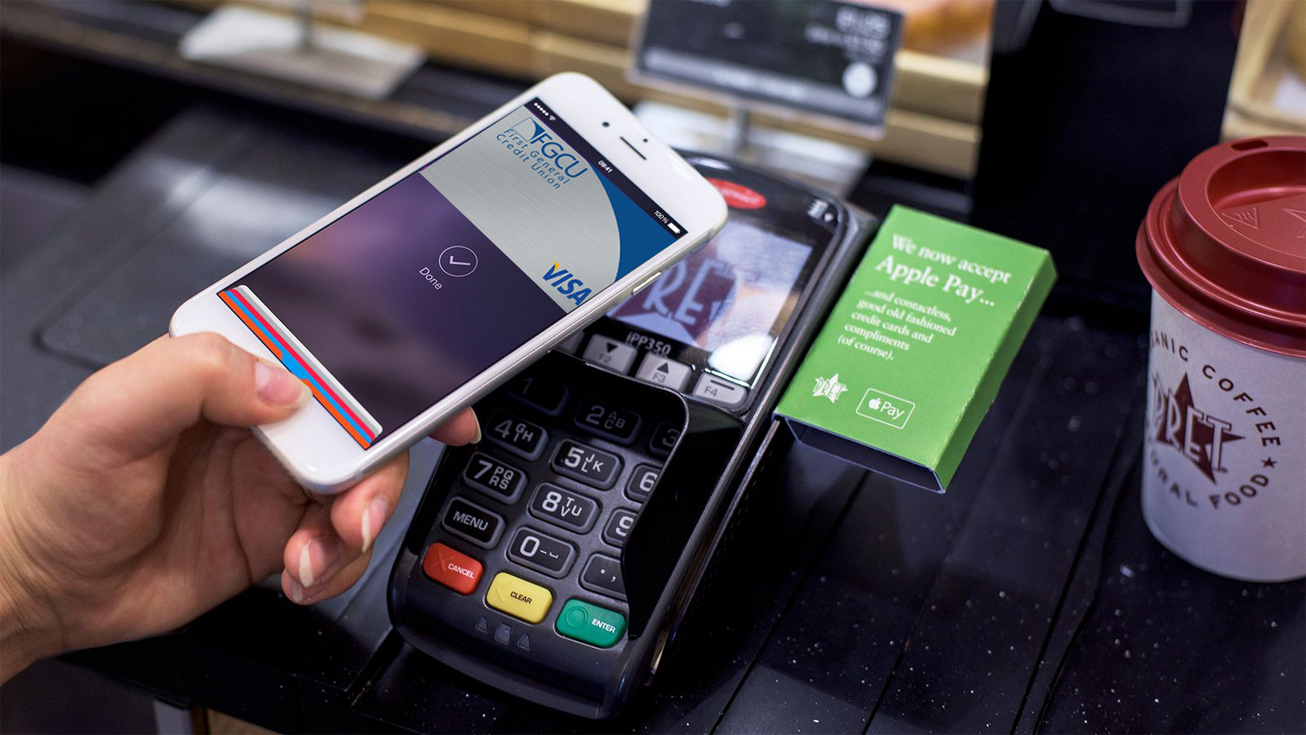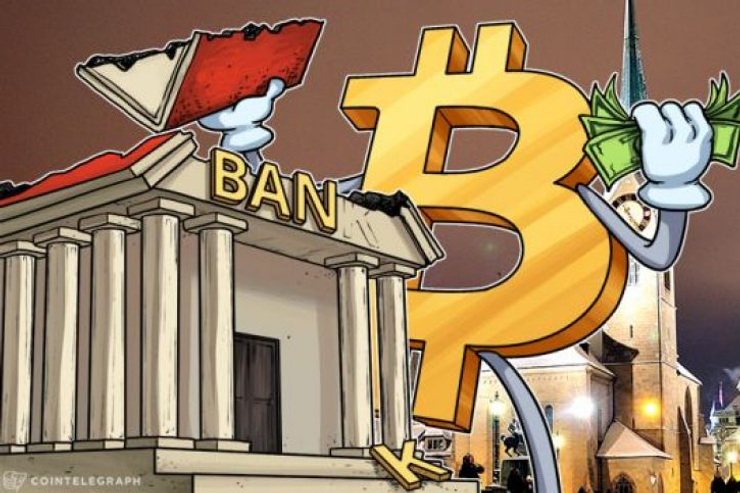Hi, I’m Adil Wali. I became a Microsoft certified professional at age 14 and started my first web development company. That led to a career as a serial entrepreneur, advisor, and startup investor. I got my first “real job” at 33, and I’m now a FinTech executive with a passion for the markets.

I said in my recent post that creativity an innovation are the key factors of success for entrepreneurial businesses, going forward. I still mean that. And the more I think about it, the more I have come to believe that it’s actually true. If you want to succeed in the incredibly tough marketplace of high-growth technology start-ups, you have to out-innovate your competition.
Since I have come to this realization, I have been hunting for ways to get better at being creative. Creativity is a fuzzy concept that is easy to talk about, but harder to define (and succeed at) in practice. Also, not all of us are born with that ‘creative flare’ that so many innovators are known for.
As I read and research more about the topic, I find myself surprised at how much is written about creativity and the ‘creative process.’ Perhaps my most interesting recent discovery is about the stages of creative thinking. There are generally accepted stages of creativity that most writers seem to know (but that I have never heard of until now!)
After discovering these five stages of creativity, I find myself impressed by how intuitive they seem, and by how broad reaching they are. I suspect that these phases of creative thinking are not only applicable to writers, but are probably useful to many entrepreneurs and innovators as well.
Without further ado, here they are:
1. First Insight — This is the act of finding or formulating the initial problem or topic that you are interested in. This in itself is challenging. Einstein put it better than I ever could:
“To raise new questions, new possiblities, to regard old problems from a new angle requires a creative imaginiation and marke the real advances in science.”
Too true. I find that often times, good business ideas come from being stuck on ‘your own problem.’ A lot of innovators end up ‘scratching their own itch’ because no one else had done so already.
2. Saturation — After this problem area has been discovered, the goal is to get as much data as you possibly can from a variety of sources. This aligns very well with the kind of market and product research I have done in the past. It’s about talking to real users, customers, and even people ancillary to the space you are thinking about.
The secret here is to discover without an agenda. You want the ideas to roll around in your head in the beginning. You don’t want to be trying to find an answer too soon.
3. Incubation — This part may be counter-intuitive to some, but the idea is that you want to let your subconscious mind start attacking the problem. The secret here is to get away from the problem. How you do this is non-trivial. Each person is different, so you have to find the way that’s best for you.
4. Illumination — This is the eureka moment. Basically, as your subconscious mind attacks the problem from all angles, it will eventually find a solution that excites you. You’ll know it when you feel it!
5. Verification — Now you have to vet out the idea. This is likely to be the part that takes the most effort. Further, this is the part where I am guessing most entrepreneurs fall by the way-side. They either don’t have the time, energy, or follow-through to actually see this phase through. But those of us who actually succeed in building something find that the ‘journey of creation’ actually teaches us a lot.
So there you have it! Hopefully you find the five phases of creativity to be just as interesting as I do. You might be asking yourself, “So why does this matter?” Well, the stages of creativity matter because the ‘the battle of creativity’ is where the war of entrepreneurship is won or lost. We entrepreneurs would be well-served by taking a page out of the book of innovative writers.






